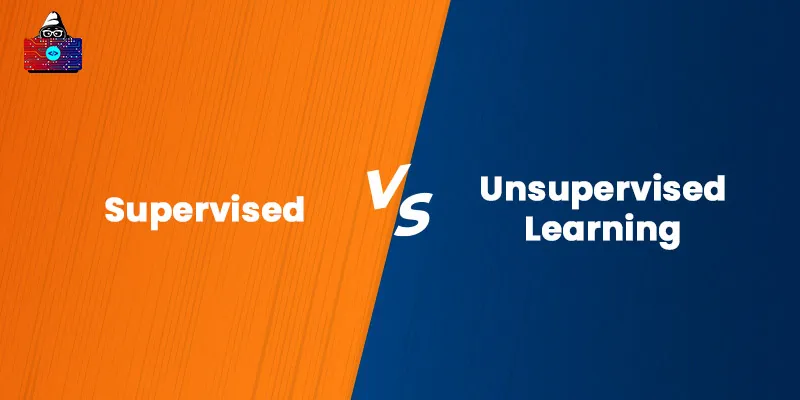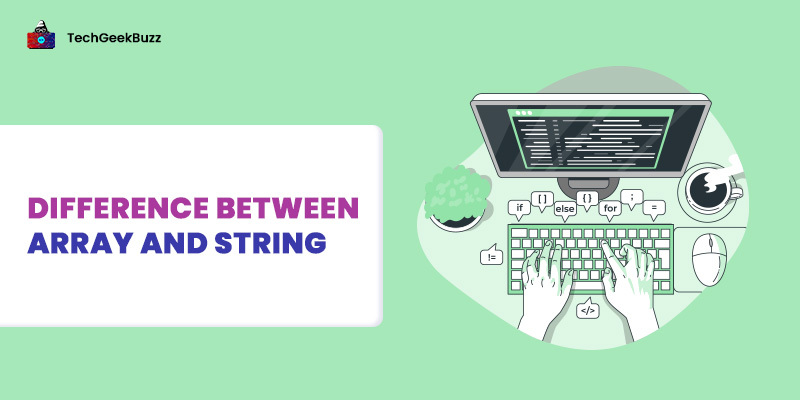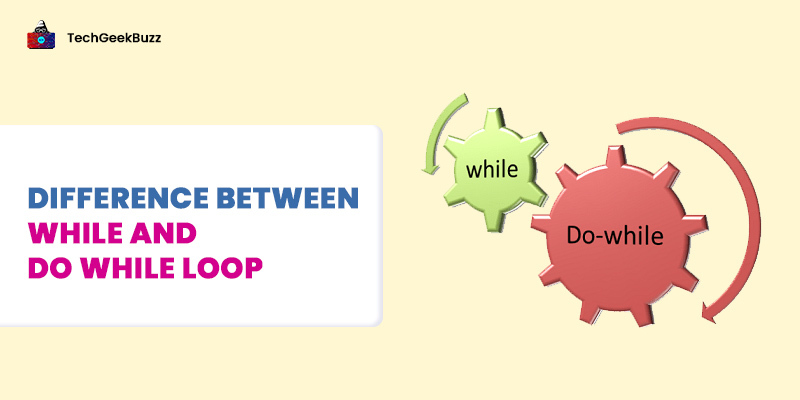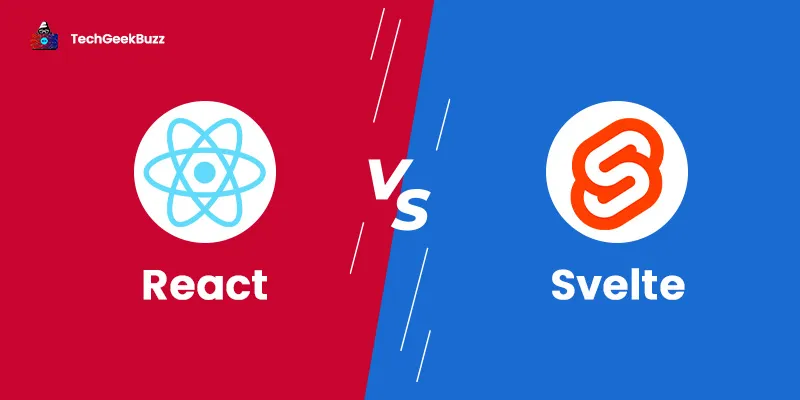In this ever-evolving era, almost all manual jobs are being automated, making things easier for human beings. This is due to one of the most trending technologies called machine learning. Currently, companies and businesses are leveraging machine learning algorithms to provide better services and meet customers’ expectations.
Machine learning has a wide range of applications in a variety of industries. Image identification, self-driving cars, speech recognition, online fraud detection, traffic prediction, product recommendations, virtual personal assistants, medical diagnosis, stock market trading, and so on are just a few examples of machine learning applications.
Supervised learning and unsupervised learning are the two fundamental approaches to machine learning. The primary difference between these two approaches is that the first one uses labeled data to predict the output, whereas the latter does not use it.
This article explores the differences between supervised and unsupervised learning. But before that, we shall introduce you to what supervised, and unsupervised learning is, with their upsides and downsides.
So, let us get started.
What is Supervised Learning?
Supervised learning is a machine learning algorithm that uses labeled datasets to train or supervise the machine in order for it to anticipate output accurately. As a result, we can define supervised learning as learning that takes place in the presence of a supervisor or teacher. Let's look at a simple example of supervised learning.
Consider the following scenario: we have a basket full of various fruits. Those fruits must be identified and classified using the supervised learning model. It recognizes fruits using the data we offer as input and the output we provide as output. As a result, we must train the machine with each fruit, such as:
- If the object is round in shape, has a depression on the top, and is red, then it is an apple.
- If the object is round, has a very small depression on the top, and is lime yellow, it is sweet lime.
- The long curving cylindrical object with green-yellow color is labeled as a banana.
After we train the model with the above input/output pairs, we shall test it by providing the new fruit as the input, say banana. The model will identify it by its shape and color, confirm it is a banana, and place it under the ‘banana’ category. Therefore, a supervised model first learns from the training data provided and uses it to predict the output. Supervised learning is classified into two different kinds of algorithms, namely classification and regression.
- Classification
Classification algorithms classify the test data into specific categories accurately. For example, these algorithms can be used to separate apples from bananas or to determine whether an individual will be a defaulter on a loan or not.
A real-world example that uses a classification algorithm is Gmail, as it separates spam emails from your inbox. Some typical classification algorithms support vector machines, decision trees, linear classifiers, and random forests.
- Regression
Regression algorithms identify relationships between dependent and independent variables. They are used when the output variable is a real value, like weight or revenue. Linear regression, logistic regression, and polynomial regression are some common types of regression algorithms.
Some popular applications of supervised learning are spam detection, face recognition, weather forecasting, stock price predictions, customer discovery, text categorization, etc.
Pros
Some benefits of Supervised Learning are:
- Supervised learning predicts the output depending upon the input/output pair provided to it. Therefore, the results are highly accurate, as it learns from the data provided.
- It is ideal for solving several types of real-world computation problems.
- With the help of previous experience, it helps you optimize the performance criteria.
- You can determine the number of classes in the dataset.
- The outputs in supervised learning are likely to be known as the classes used are known.
Cons
Here are some downsides of Supervised Learning:
- It is pretty challenging to classify large data sets using a supervised learning approach.
- We need to make the machine aware of each data item in a dataset. Therefore, it consumes a lot of time.
- While training the classifier, it is essential to choose several good examples from each class.
What is Unsupervised Learning?
Unlike supervised learning, unsupervised learning does not use labeled data, and its principal goal is to identify hidden patterns and structures from the input data. Therefore, it does not require any supervision or human intervention to find hidden patterns from the input data, as it does on its own. Hence, the name "unsupervised learning." To understand unsupervised learning better, we shall consider one example. Consider that we provided the machine with an image containing cats and dogs, and there is no training data provided, as we did in supervised learning. As the machine is not trained with input-output pairs, it does not know the features of cats and dogs. It classifies them depending on their similarities, differences, and patterns without any previous knowledge. Unsupervised learning works by identifying patterns from data that were previously undetected. There are two different types of unsupervised learning approaches , namely clustering, and association.
- Clustering
It classifies unlabelled input data based on their similarities or differences. For example, we can use clustering to group customers depending on their purchasing behavior.
- Association
It finds different relationships among the input dataset’s variables. The association is generally used for recommendation engines and market basket analysis.
Some popular applications of unsupervised learning are fraud detection, conducting accurate basket analysis, identifying human errors during data entry, etc.
Pros
The benefits of Unsupervised Learning are:
- It does not work on labeled data and does not require training or supervision.
- Unsupervised learning uncovers hidden patterns from datasets that humans cannot visualize and are incredibly important for companies and businesses.
- Clustering automatically divides the dataset into groups based on their similarities.
Cons
The downsides of Unsupervised Learning are:
- The outputs produced in unsupervised learning are less accurate than the ones in supervised learning.
- We cannot predict the outputs, as the number of classes is not known.
Supervised vs Unsupervised Learning: A Head-to-Head Comparison
The below table highlights the differences between Supervised and Unsupervised learning.
| Parameters | Supervised Learning | Unsupervised Learning |
| Input data | Supervised learning algorithms work on labeled data. | Unsupervised learning algorithms do not require labeled data. |
| Process | We provide the input data and its corresponding output to the machine in supervised learning. | We only provide the input data to the machine in unsupervised learning. |
| Algorithms | Supervised learning algorithms are Support Vector Machines, Random Forest, Classification Trees, Linear and Logistic Regression, and Naive Bayes. | Unsupervised learning algorithms are Hierarchical Clustering, K-means, Anomaly Detection, K-nearest Neighbour (KNN), Neural Networks, Apriori Algorithm, Principal Component Analysis, and Independent Component Analysis. |
| Results accuracy | The output of the supervised learning model is more accurate and precise. | The output of the unsupervised learning model is less accurate. |
| Output | It predicts the output depending on the training data provided. | It learns the input data and uncovers hidden patterns from it. |
| Supervision | We need to train or supervise the supervised learning model with input/output pairs. | Unsupervised learning does not require any supervision. |
| Types of problems | Classification and Regression are the two different types of problems in supervised learning. | Clustering and Associations are two different types of problems in unsupervised learning. |
Which One to Choose - Supervised or Unsupervised?
Choosing the right machine learning technique for a particular task is pretty challenging, as every machine learning problem is different. To make an appropriate pick between unsupervised and supervised learning, consider the below points:
- Evaluate your input: Verify whether your data is labeled or unlabeled. Also, check whether there are experts available to support additional labeling.
- Define your goals: Verify whether a problem is recurring or defined. Furthermore, check if the algorithm requires predicting new problems.
- Review your options for algorithms: Check whether the available algorithms best fit the problem in terms of dimensionality, i.e., number of features, characteristics, or attributes. Also, verify whether these algorithms support your data volume and structure.
Conclusion
Supervised and unsupervised learning are the two most commonly used machine learning techniques. The first one produces accurate results but is not ideal for classifying large volumes of data, whereas the latter one can handle large volumes of data but there is a high risk of getting inaccurate results.
We hope you found all the major differences between supervised and unsupervised learning in this article. However, depending on the structure and volume of your data, make the appropriate choice between these two approaches.
People are also reading:
- Best Machine Learning Certifications
- Introduction to Machine Learning
- Best Machine Learning Projects
- Top Machine Learning Applications
- Top Machine Learning Algorithms
- Best Machine Learning Frameworks
- Machine Learning Interview Questions
- Decision Tree in Machine learning
- Data Science vs Machine Learning
- Best Machine Learning Books




